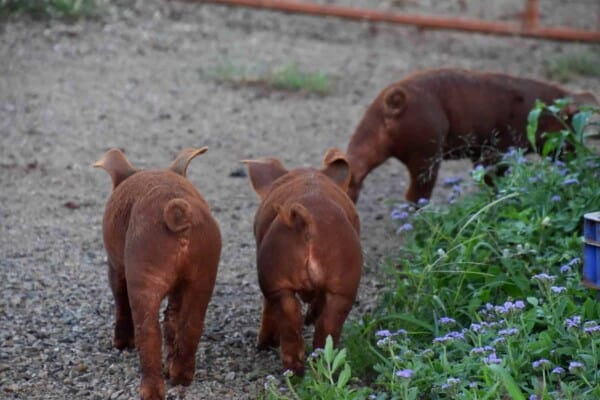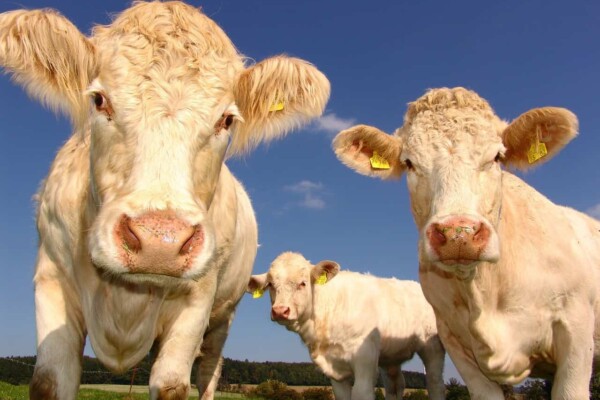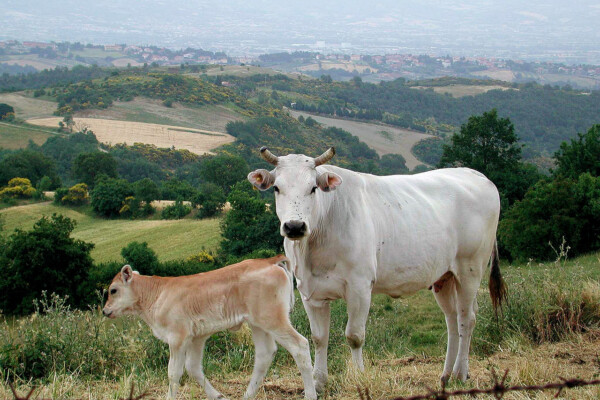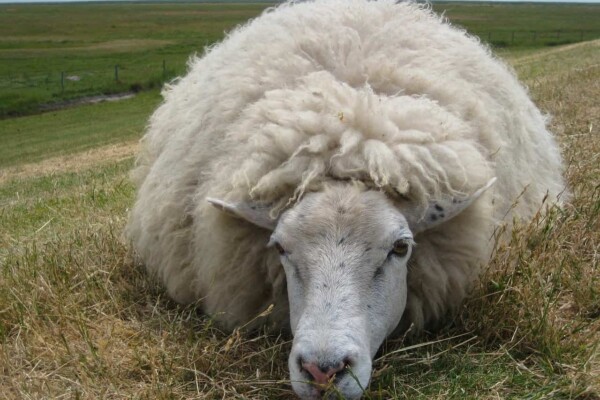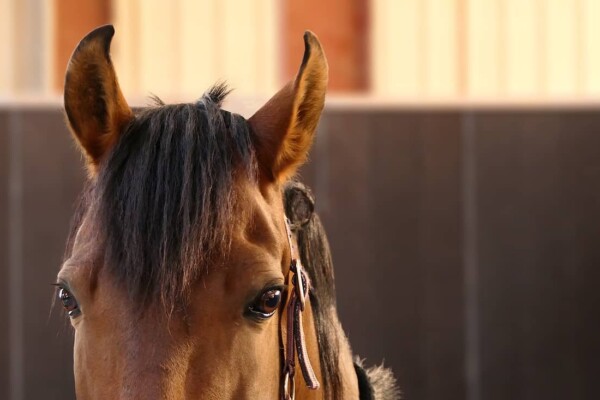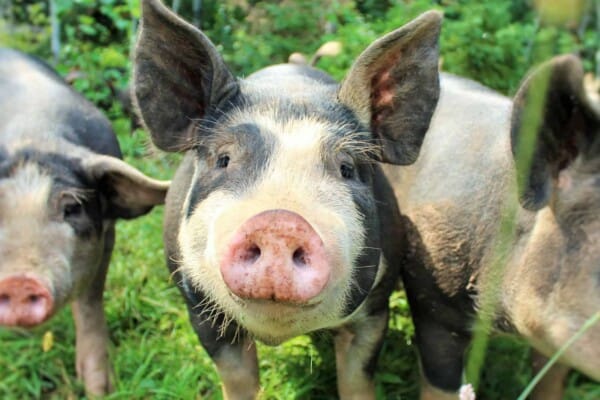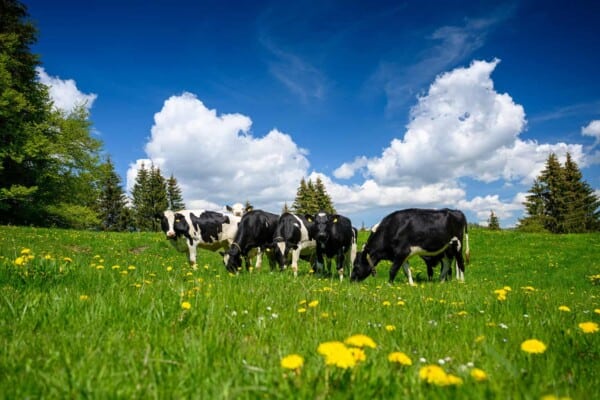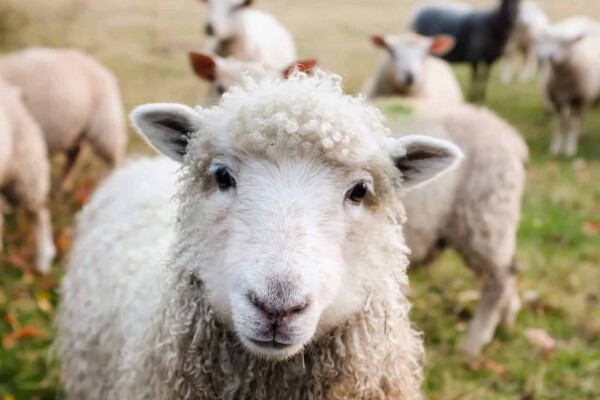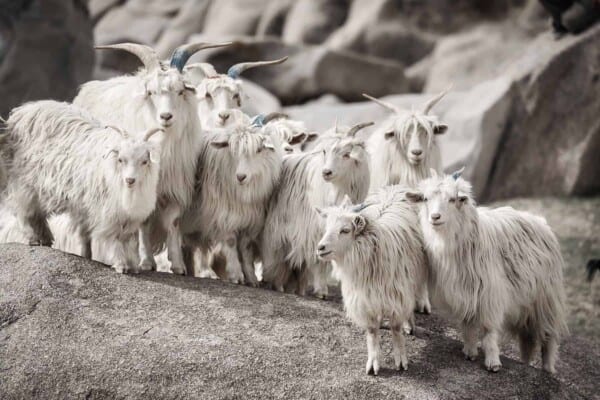There are so many reasons why you should love cows. For example, we all know that they are a constant source of food, as they can be raised for meat, milk and even hides, making them extremely useful to raise.
On top of that they can also be used as riding and draft animals, so if you need help around the farm or if you feel like taking a step towards living a healthier life, you can always get yourself a cow and you’ll be set for a very long time.
But, when it comes to actually choosing which cow breed you should go for, how can you know for sure that you’ve made the right choice?
While there is no foolproof way to do this, you can always just go for the most popular choice, because after all, there has got to be a reason as to why so many people’s go-to choice is the same.
And when it comes to cattle, there is only one cow breed we can safely say is at the top of the list for every farmer out there, and that is none other than the angus cow breed.
But what is so special about it, and should you invest heavily into this cow breed? What are the advantages and disadvantages of owning it and how will this affect your farm?
That’s what we’re here to find out, so let’s just dive deep into what makes angus cows so special:
The History and Early Origins of Angus Cattle

The Aberdeen Angus breed was actually developed at the beginning part of the 19th century, from the polled and predominantly black cattle that you could find around the north eastern side of Scotland.
It is believed that we can trace back their origins all the way to 1873 actually, where a group of breeders decided to cross the native Texas longhorn cows with the Angus bulls, which resulted in hornless black calves that were able to survive through their first winter with ease.
The reason why they caught on so quickly is because they survived so easily through the cold, and on top of that they also weighed more by the next spring, which attracted a lot of attention from the local farmers around that time.
They were immediately employed in husbandry and transport due to their large size, and while they can still be used for this purpose today, things changed as soon as the breeders started perfecting it.
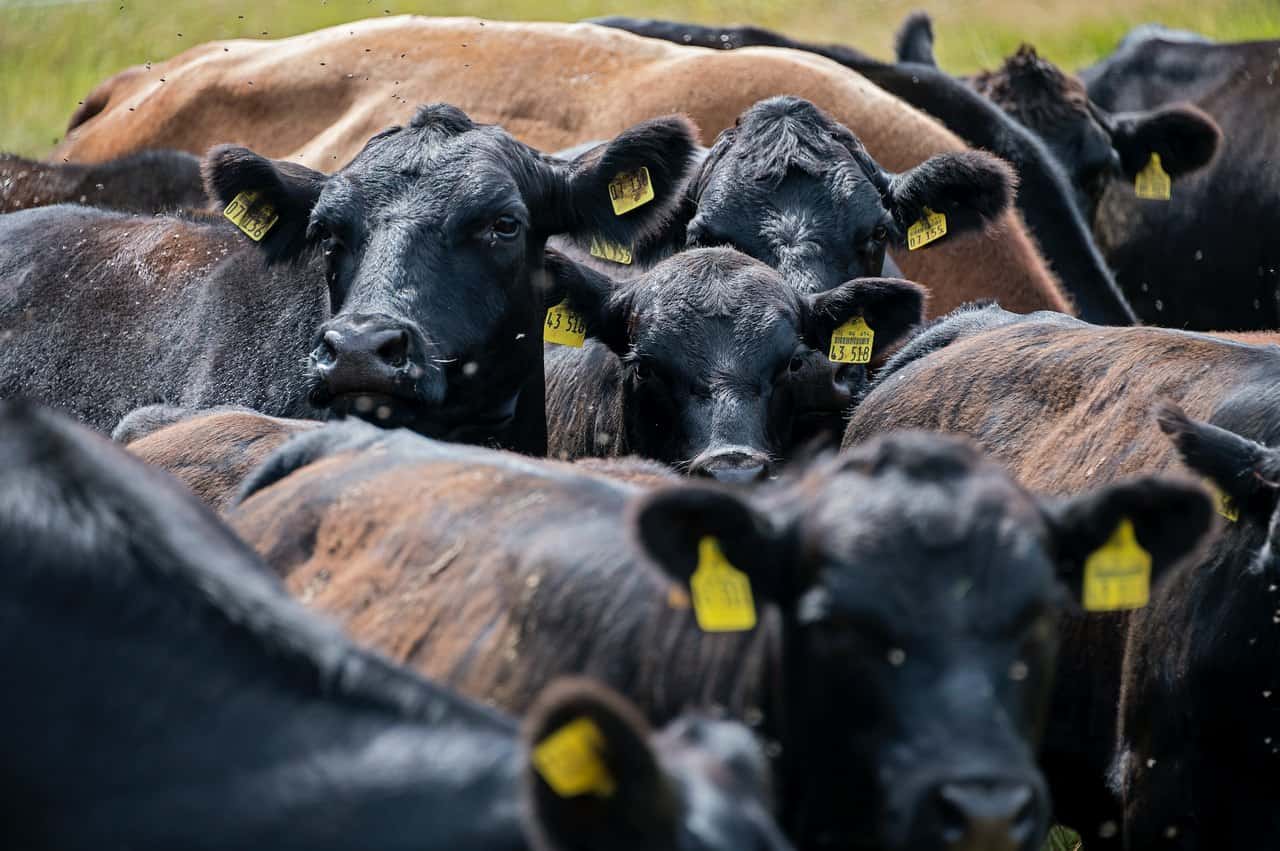
The first breeder was known as Hugh Watson, and he is considered to be the founder of the first Angus herd. He was known for always bragging about his favorite, aka Old Jock, an Angus bull that he always had around him.
He also was said to really love a cow called Old Granny that was born in 1824 and lived up to be 35 years old. Throughout its life it actually sired 29 calves. It is believed that these two animals are the forefathers of the modern Angus cattle breed.
As soon as they realized just how monumental this crossbreed was, the first great herds of Angus beef cattle were built up. They did so by purchasing stock from Scotland, as many as twelve hundred cattle in total.
This is why we can see such a huge explosive growth between the years 1878 and 1883, as the number of Angus cattle grew exponentially to the point where every farmer had at least one of their own.
The early owners also continued to breed the Angus cows amongst each other, while also showing and selling the registered sock to make a profit of their own.
But by far the biggest growth spur was spotted in the early 2000s, when the American fast-food industry started to promote the use of the Angus beef in their dishes, declaring that it was the superior option on the market.
This is how the Angus cattle went from being a relatively unknown crossbreed that started in a backyard to being one of the most popular cattle breeds in the US.
It is believed that there were already over 300,000 angus cattle registered from 2005 in the US alone, and while that is impressive in itself, do keep in mind that this number skyrockets even further if you look at all of the other Angus cattle around the globe right now.
Angus Cattle Characteristics
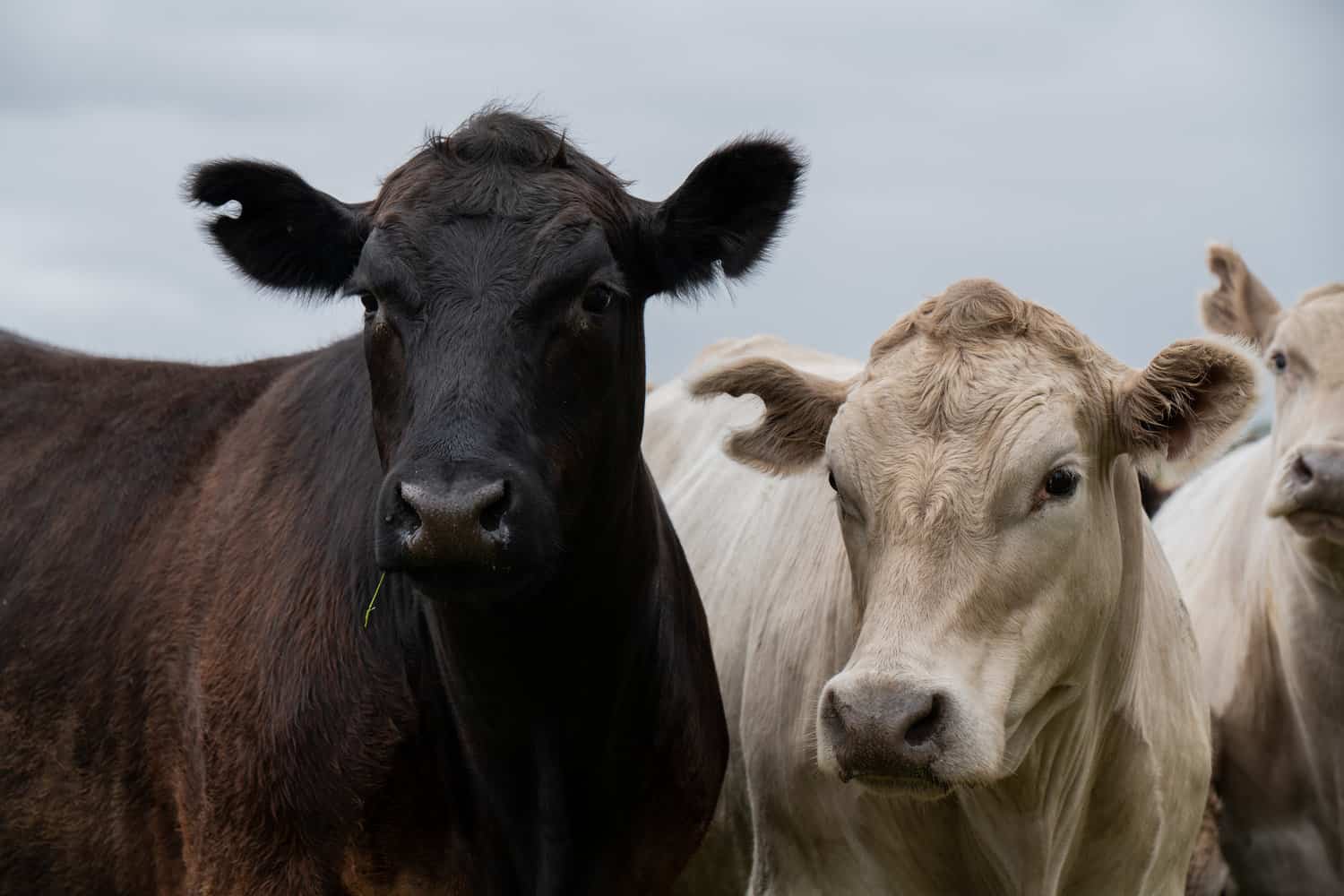
While most Aberdeen Angus cattle (or simply Angus Cattle) are naturally polled and black, you may also find the occasional white and red specimens too.
With that being said though, the Angus breed is predominantly black with occasional white speckles on the udder.
As mentioned previously, they are known for being extremely cold resistant, to the point where they may even be referred to as one of the best winter cow breeds your money could get you.
They are also fairly undemanding, as you can take care of them the same way you would any other cow breed out there, and they can adapt to most living conditions with ease.
They mature very early on and they have a high carcass yield, alongside a very beautiful and delectable marbled meat.
The Angus cows are also known for being very friendly and good natured, to the point where it’s actually quite easy to get attached to them, since they tend to follow their owners around everywhere and ask for head pats whenever they see you.
While they can be used for their general purposes alone, there are also a lot of breeders out there that specifically use them in crossbreeding in order to improve carcass quality and milking ability. The good part about this is that Angus female calve very easily and they very rarely will reject a calf.
If you want to you can also use them as a genetic dehorner, since they carry the pollen gene which is considered to be a dominant characteristic that it carries onto its calves.
Angus Cattle Uses

As you can probably guess based on just a few pictures of the Angus cattle, its main use has and will always be its beef production and consumption.
Just like we mentioned previously, even the fast-food industry decided to crown the Angus beef as being superior to any other commercial meat thanks to its marbled appearance.
As such, many markets, including Japan, Australia and the UK have also started use it more and more.
Back in 2006 for that matter, McDonald’s decided to start a test of their own, making hamburgers with Angus beef in several different regions of the US to see if the customers reacted positively to it.
As soon as they got their answer, they started to employ the use of Angus beef in all of its US locations, and so, with McDonald’s serving as the catalyst, the popularity of the Angus beef skyrocketed.
In order to make sure that the quality of the beef is left untainted, the American Angus Association decided to create the “Certified Angus Beef” standard back in 1978.
Thanks to this boom in popularity, they refined the list a bit to make sure that the consistency of the product is enhanced, including requirements such as “A” maturity, 10 to 16 square-inch ribeye area, less than 1-inch fat thickness and no dark cutting characteristics.
What Makes Angus Cattle Better?
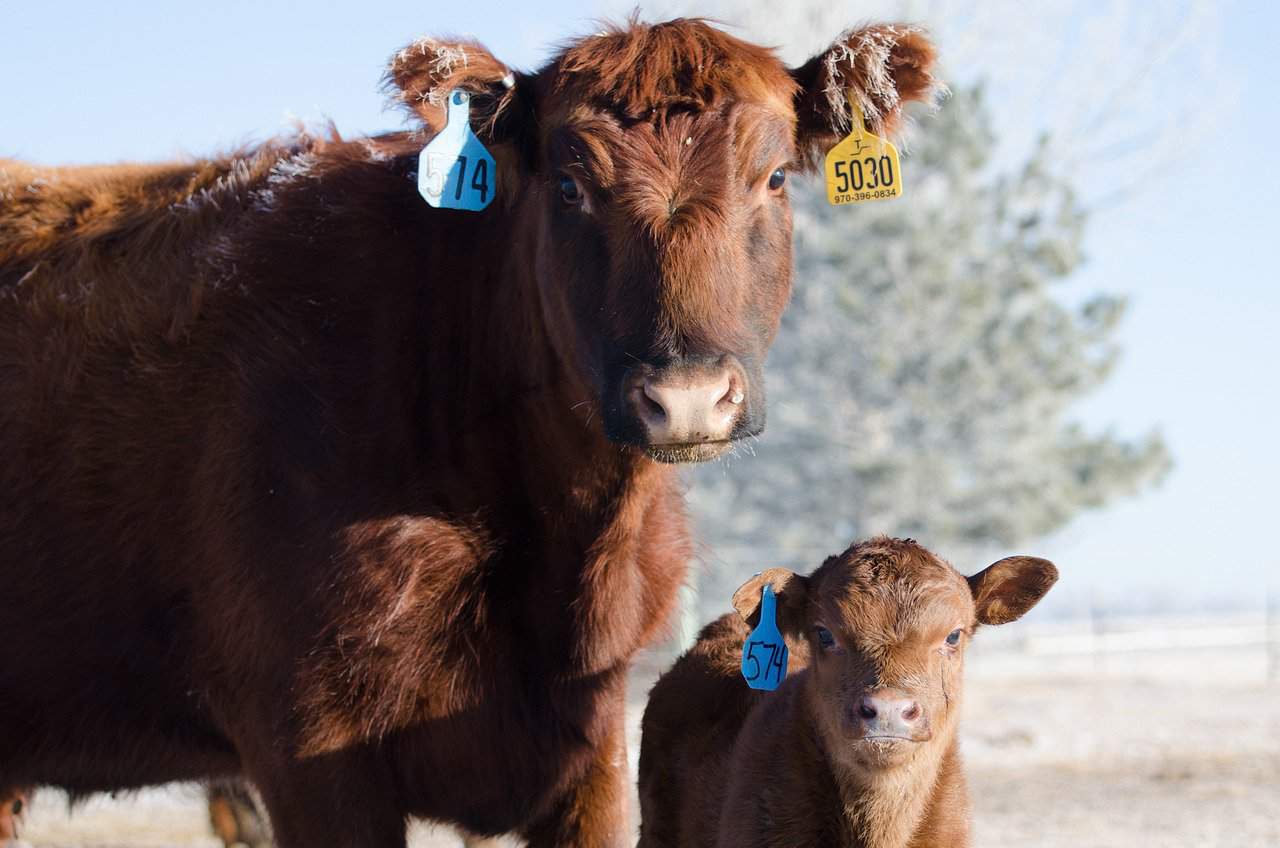
There are plenty of reasons as to why Angus beef is a go-to brand for most steakhouses and groceries around the US.
According to recent studies, it appears as though the name alone can pull as much as 10 to 15 percent higher prices than regular beef, while still being sold just as proficiently as any other type of beef.
But what makes it so preferable in the first place? Why are the Black Angus cattle so desired? Let’s go over everything that you need to know, starting off with the most important part, aka:
The Beef Quality
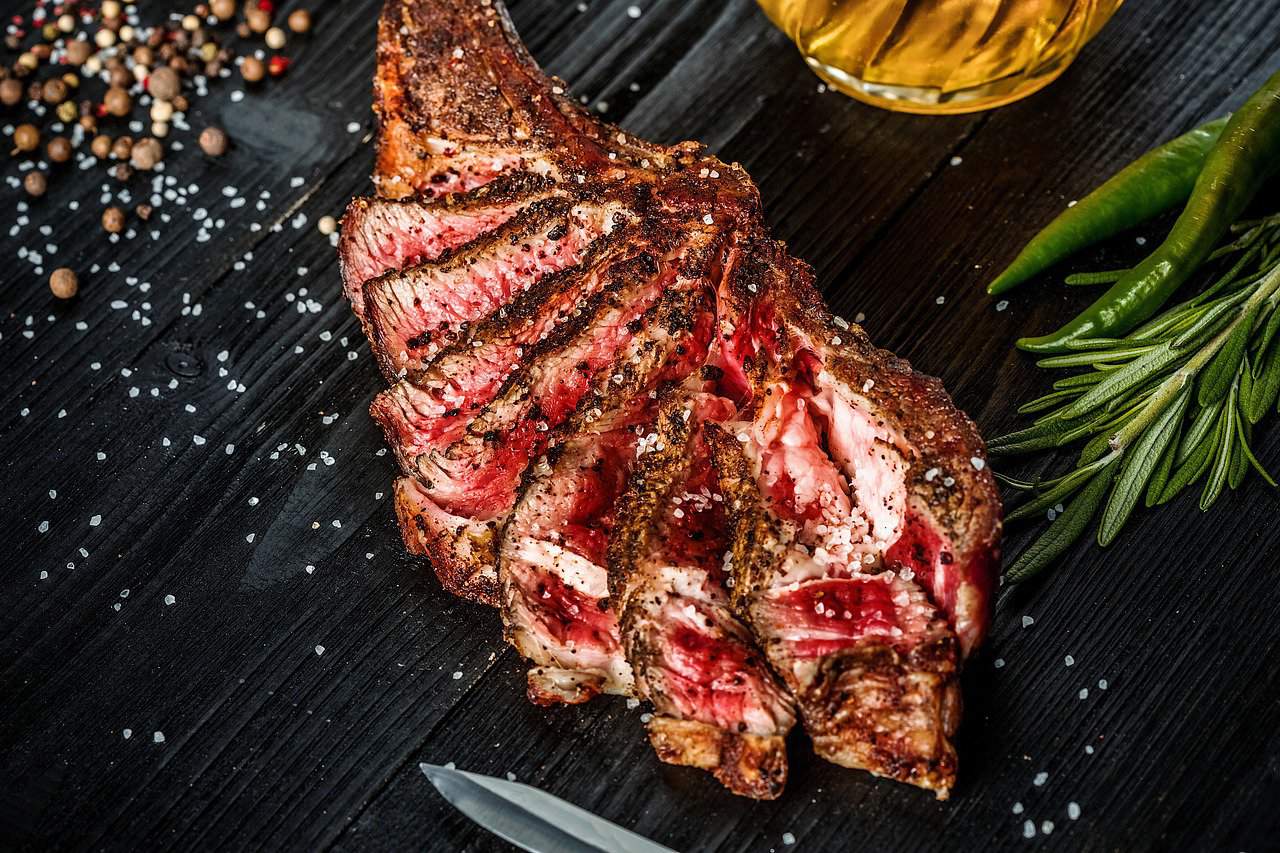
Any beef-lover will tell you that the Black Angus meat is by far one of the best on the market, but why? Well, it’s all about the genetics.
You see, in order for the meat to be considered a Certified Angus Beef, it needs to be approved by the US Department of Agriculture graders.
This means that the beef needs to be at a minimum of 51 percent black in hide, it needs to have a decent amount of higher-degree of marbling and medium to fine marbling texture.
On top of that the carcass needs to weigh in at around 1,050 pounds or less with a lot of superior muscling and no capillary rupture.
All of these things and more combined make the beef quality superior to the average market beef that you can buy.
The Mother – Calf Instinct

Another reason as to why Angus cattle are more popular is because they make for such great mothers, and their calves reach maturity very quickly.
The Angus calf can literally start running as soon as it hits the ground, with little to no help needed. On top of that, the Angus mothering instinct is very strong, so it instantly starts nurturing the calf.
The calf is also smart enough to immediately start sucking up, and the Angus mother is capable of producing more than enough milk to make sure that its calf is going to grow up big and strong.
It actually doesn’t matter if it’s the cow’s first or tenth calf, it will still do its job phenomenally no matter what. Even after that tenth calf though, it doesn’t stop or slow down, being able to bear more calves almost instantly.
Genetic Superiority

The fact of the matter is that, no matter how you look at them, Angus cattle are literally always genetically superior to the other market breeds.
Just take for example the fact that they are naturally polled. That in itself will save you the trouble of dehorning the cattle. On top of that, this gene is highly heritable, meaning that if you want other cows to have dehorned calves, you can always just crossbreed them with an Angus cow.
But are horns bad to have in the first place? Actually, yes. Aesthetics aside, these horns can cause bruising and tearing, and in some cases, it can even lead to them hurting the owners or hurting themselves by accident.
Another sign of genetic superiority is the fact that Angus cattle tend to not be susceptible to eye cancer or sunburned udders. This is because their dark skin coupled with their red or black base work in their favor quite a lot.
On top of that, Angus cows also have a superior feed conversion. According to a recent study, the Angus-cross cows are a lot more efficient at it, giving you more bang for your buck as you invest more and more into them.
Last but not least, when it comes to its genetic superiority, the Angus cow has a much larger carcass and an overall much higher quality beef, so not only do you get more meat out of them after the slaughtering part, but you also get better meat overall.
Membership Benefits

Did you know that the American Angus Association actually has five different types of membership? That’s right, depending on several key factors, you will get access to different tools to make your life easier.
These are the different memberships you can get, and you should be able to tell right off the bat what each and every one of them imply:
- Life
- Regular
- Junior
- Non-resident
- Affiliate
So, if you plan on raising a herd of Angus bovines, you’ll be happy to hear that you will be getting access to the Angus Herd Improvement Records alongside the MaternalPlus and GeneMax Producers, which will open up the gateway to almost 16,000 licensed partners.
Availability

As mentioned previously, while the breed did start off small and insignificant, it quickly caught on as more and more farmers decided to raise their own Angus cows, and before long it was more widespread than the common cold at the start of spring.
You may think that the craze has gone down by now, but it’s actually quite the contrary. There are as many as 304,577 registered Angus cattle in the US alone as of 2019, so you will never run out of breeders and sellers to call out whenever you need a new cow or two.
It is by far the most widespread cow breed in the US and it doesn’t stop there, the numbers just keep on rising more and more, as our own numbers continue to rise.
As such, investing into an Angus cow may very well be the best choice you can make, since there is so much information about it online and it is so easy to come by in the first place.
The Negative Side to Owning Angus Cows
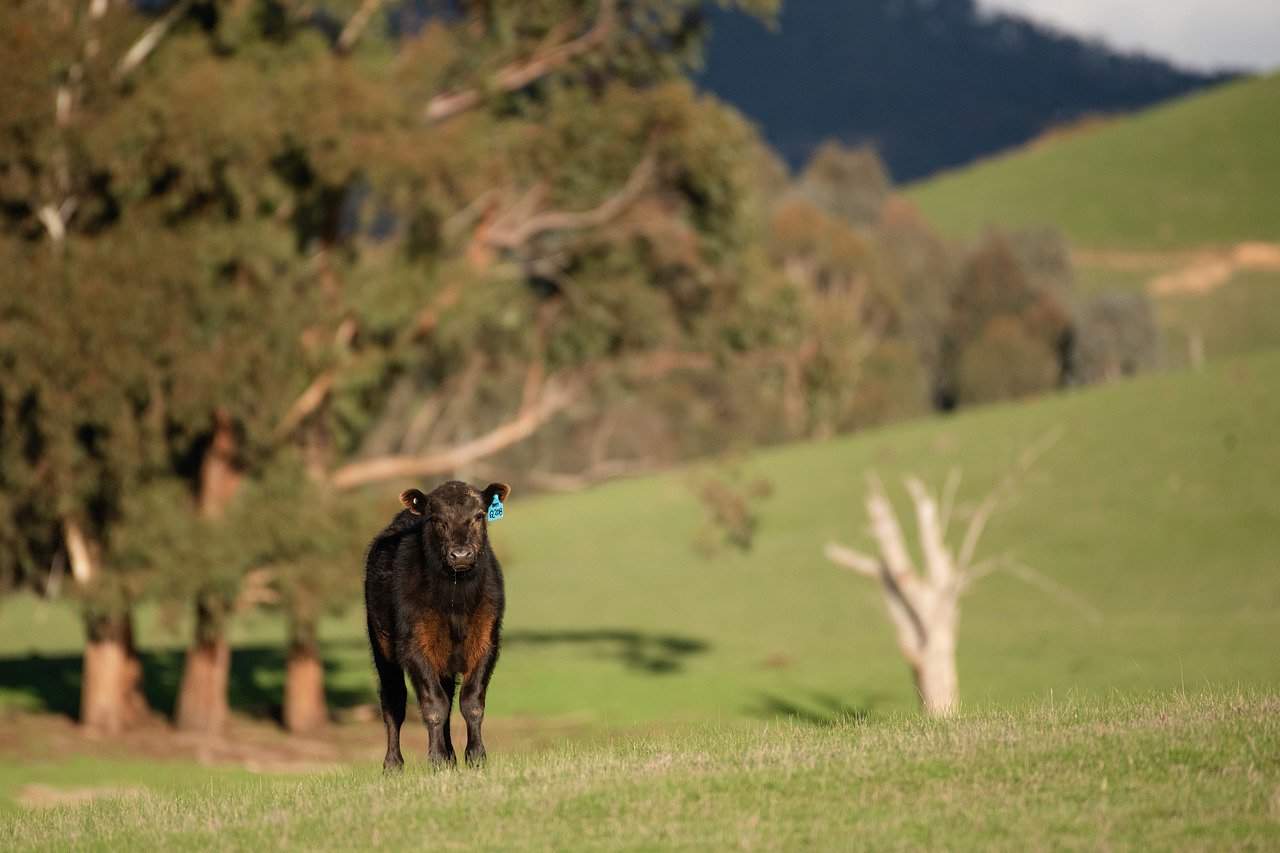
While all this is nice though, we should also bring up a pretty valid point that not too many people have mentioned online.
We are of course talking about potential genetic disorders. The Angus breed does appear to be hardier than most other cow breeds, but it still has four massive potential recessive defects that you should look out for.
The first of these is the Arthrogryposis Multiplex, also known as the “curly calf” which pretty much affects the lower mobility of joints.
Second of all we have the Neuropathic Hydrocephalus, or the “water head”. As the name implies, it causes the head to be malformed, almost pushed inwards.
Third, we have the Contractural Arachnodactyly, or the “fawn calf syndrome” which again messes with the cow’s hip mobility.
Last but not least we have dwarfism, which causes the body of the cow to shrink down. This isn’t the worst thing possible, but if you do plan on raising your cattle for meat, it can pose a bit of an issue.
Conclusion

With all of that being said though, should you buy yourself an Angus cow? Absolutely. There’s a reason as to why it is the most widely spread cow breed in the country, and why it will continue to generate a decent income even if you don’t opt for a whole herd of them.
At the same time, if you prefer a different cow breed, then don’t let us stop you. You can make a profit with any breed whatsoever, as long as you find a suitable market for it.

